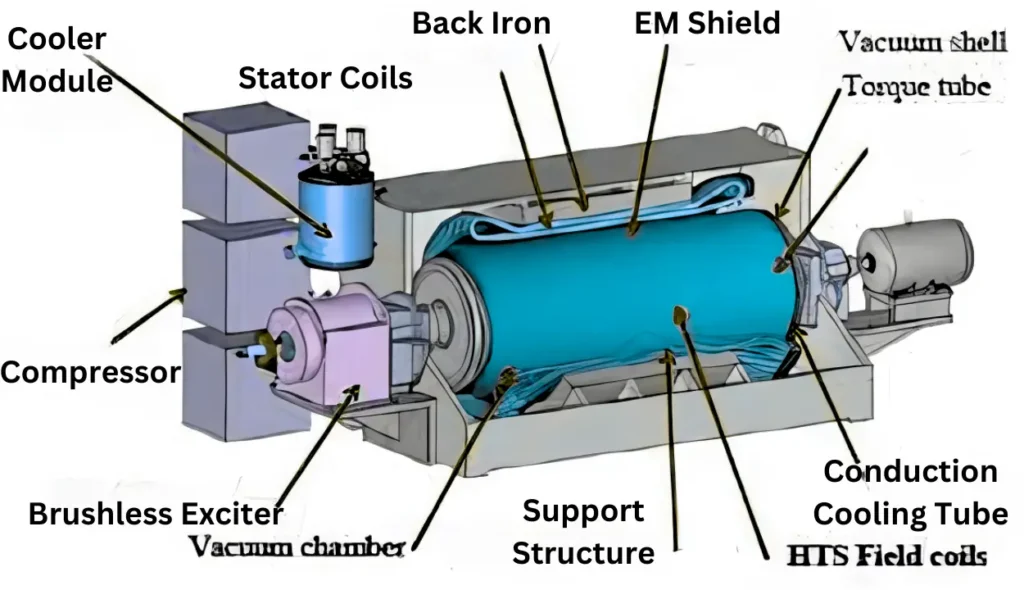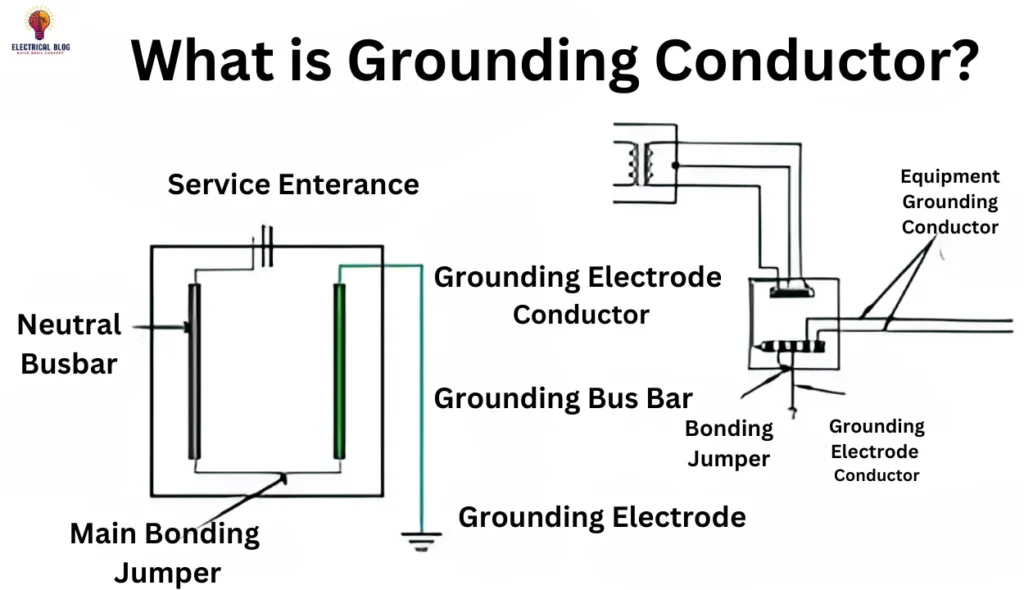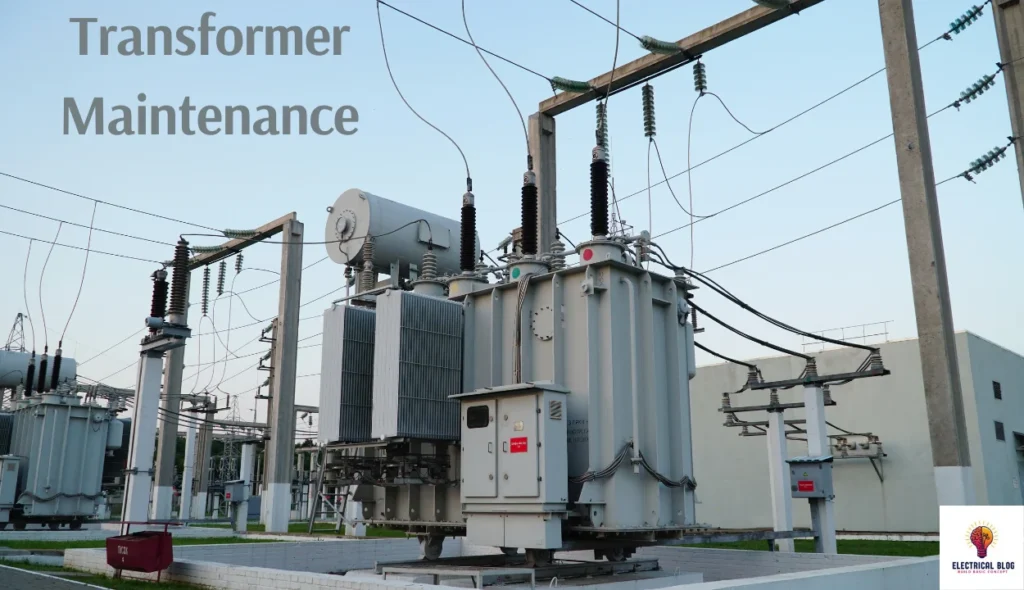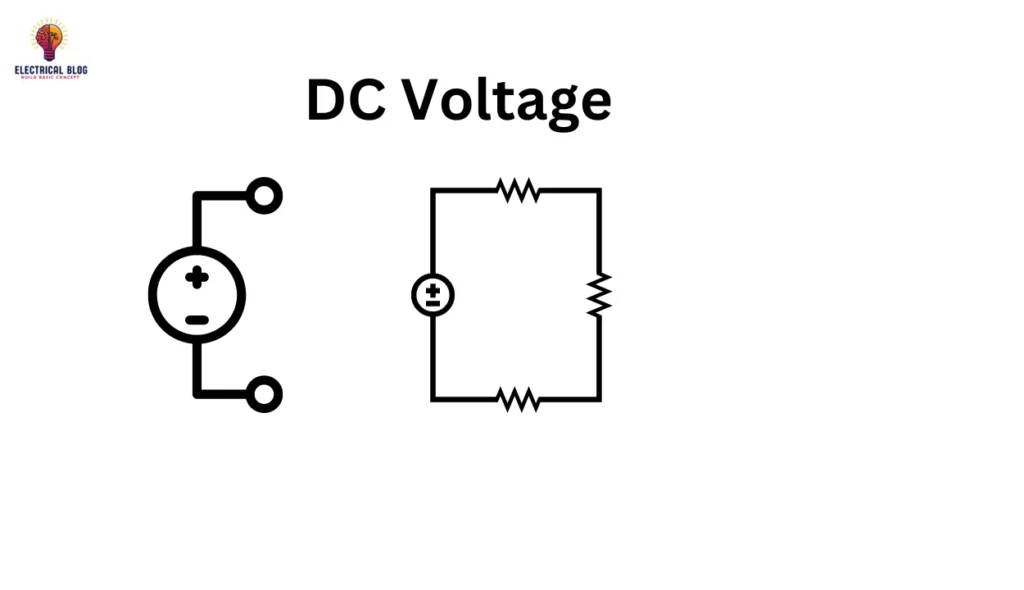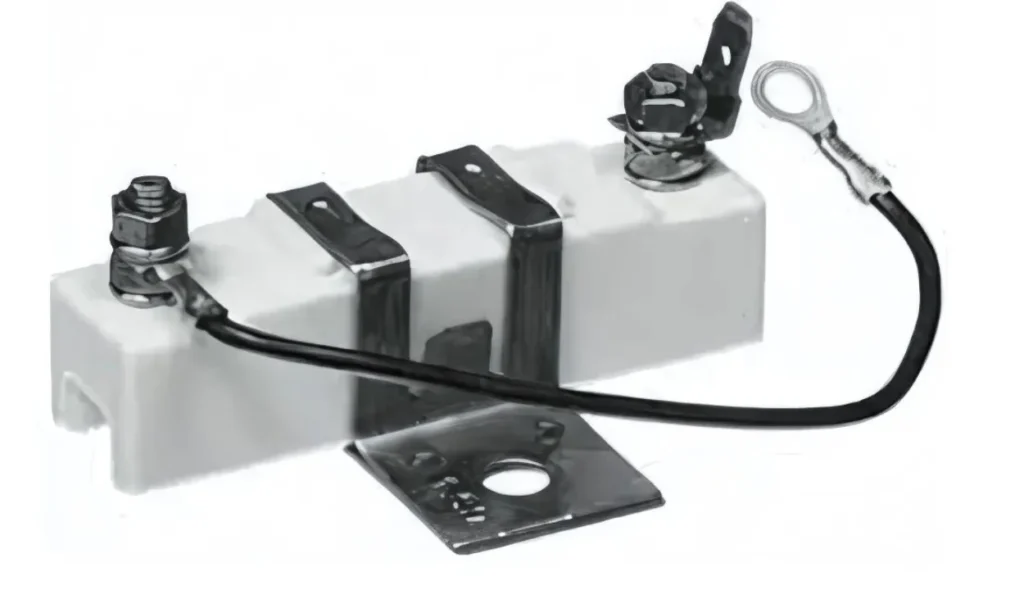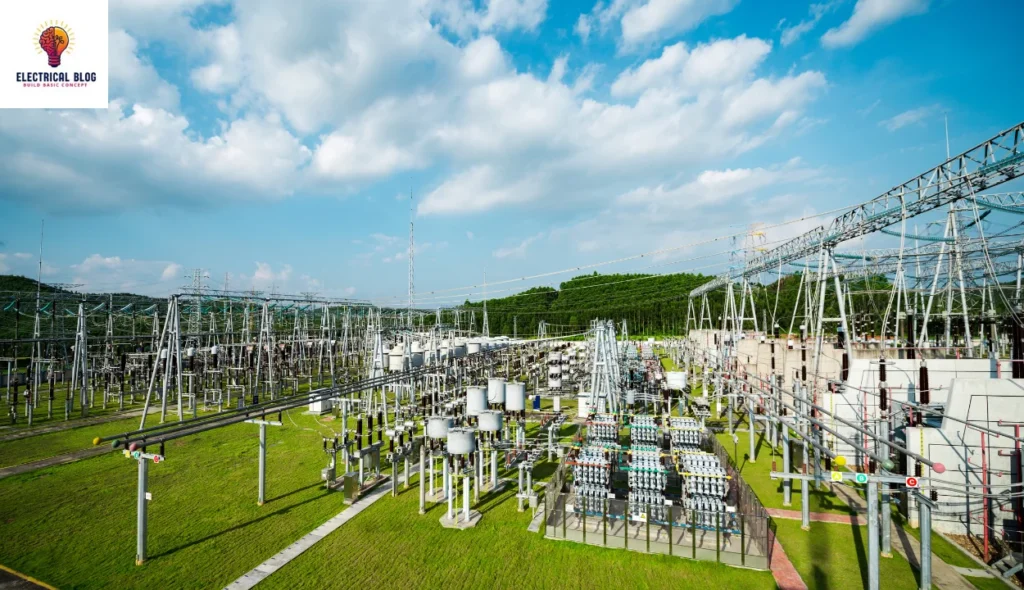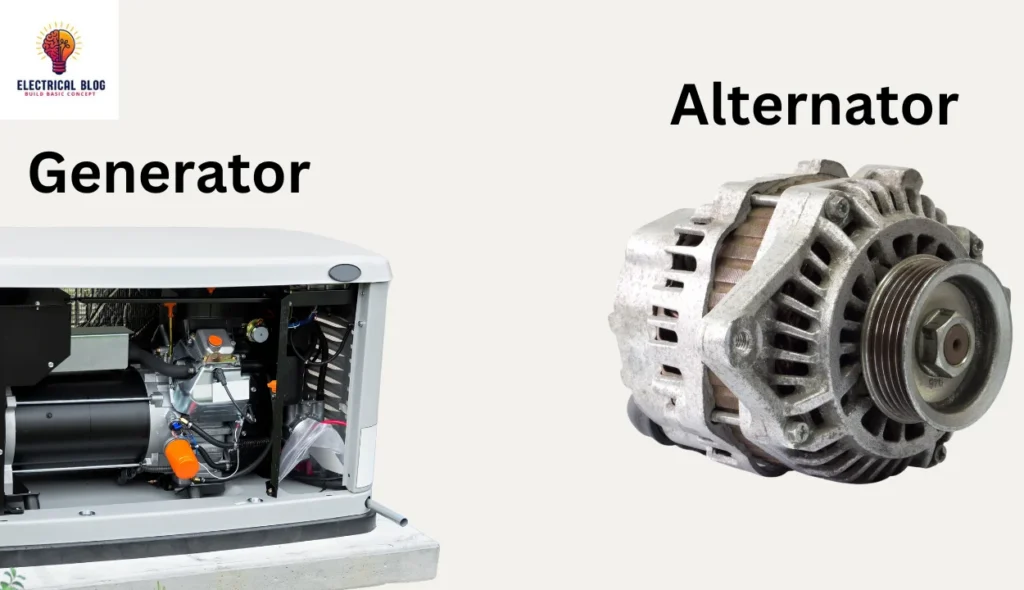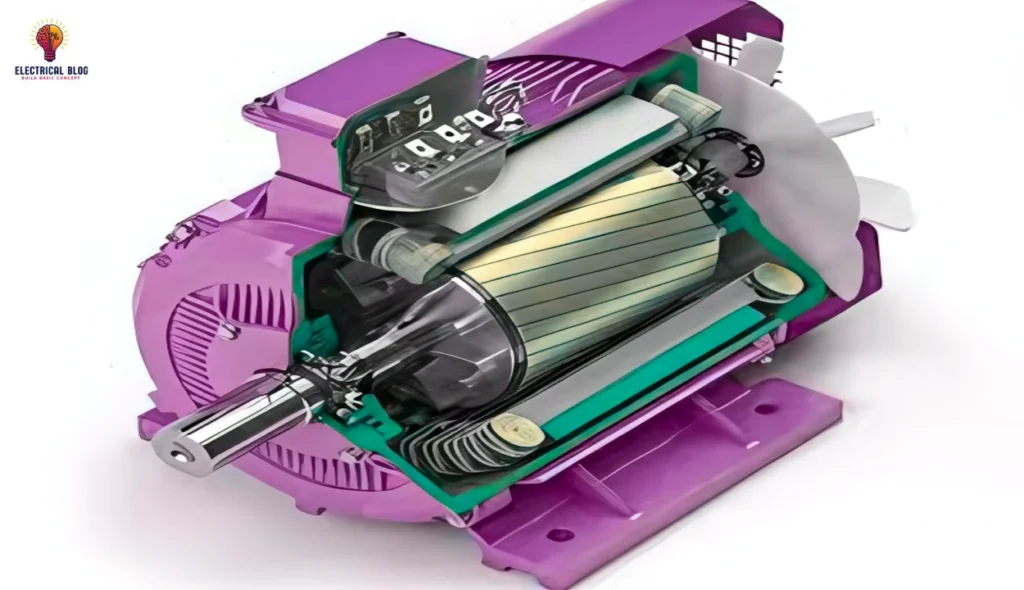Synchronous Condenser: A Power System Essential
Introduction A synchronous condenser is a powerful device used to enhance the stability of electrical systems. Since the 1950s, these machines have played a helpful role in improving frequency control and stabilizing the network during changes in demand. By using kinetic energy stored in its inertia, a synchronous condenser can absorb or generate reactive power. […]

